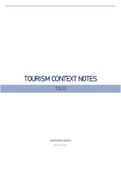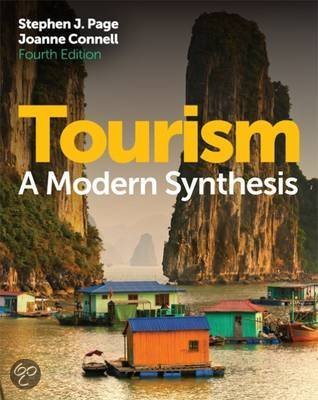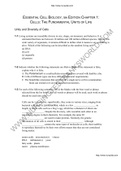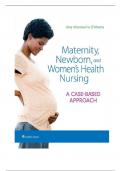Samenvatting
Extensive Summary of Tourism Contexts (TOCO)
This document provides a rather extensive list of all necessary information, contexts, concepts and terms that are needed in order to understand this subject. The topics such as environmental/economic/social impacts are described and afterwards the list of all concepts if given.
[Meer zien]








